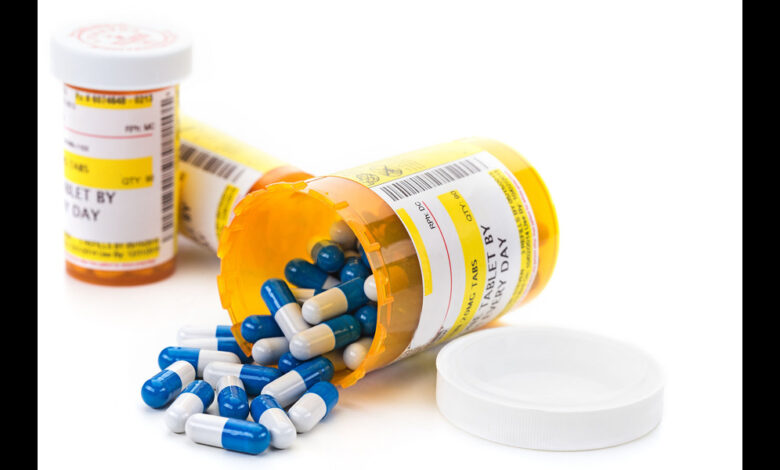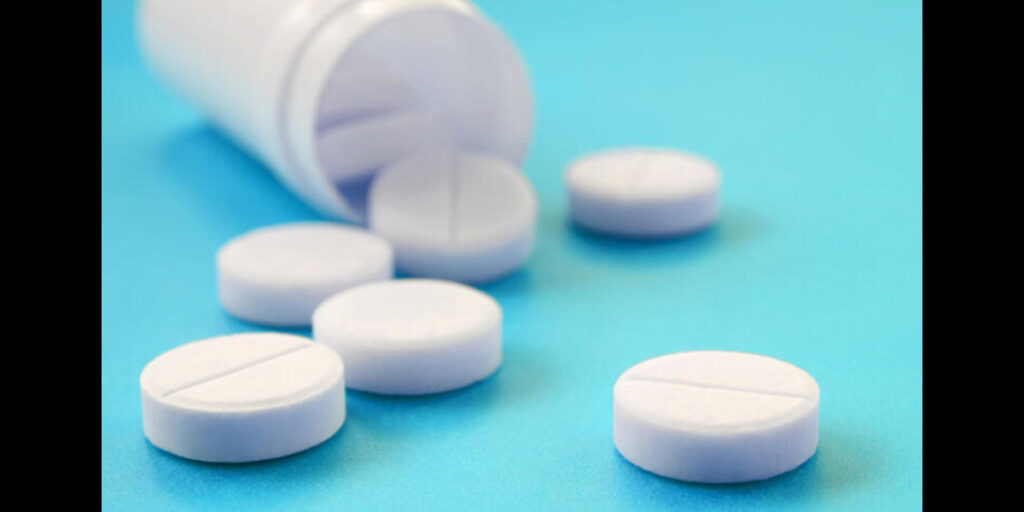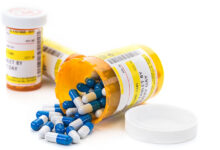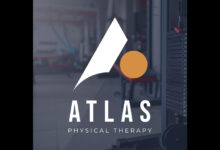Pain Pills and Withdrawal

Pain pills are a lifesaver for people with headaches, injuries, or who are still healing from surgery. They give you the comfort you need to go about your daily life. But abusing it can cause dependence and, in the worst cases, addiction.
We explore the role of pain pills, the differences between dependence and addiction, and how to manage withdrawal symptoms.
Pain Pills
Analgesics, or pain pills, work by blocking certain pain receptors in the body. Some of these drugs are over-the-counter (like ibuprofen) and some are prescription (like opioids). Each type works differently providing various levels of pain relief.
NSAIDs (Nonsteroidal Anti-Inflammatory Drugs)
Medicines like ibuprofen and naproxen ease pain and inflammation by blocking the chemicals in the body that cause these feelings.
Acetaminophen
Outside of the US, this drug is called paracetamol. It helps with mild to moderate pain by blocking the brain’s pain signals.
Opioids
Codeine and oxycodone are strong painkillers that should only be used for severe pain. They lower pain by attaching to opioid receptors in the brain and spinal cord.
Muscle Relaxants
Drugs like cyclobenzaprine work on the nervous system to ease the pain and spasms that come with them.
Dependency and Addiction
There’s a distinction between dependency and addiction.
If you are physically or mentally dependent on a substance, you will have tolerance, withdrawal symptoms, and find it hard to stop using it. One can be dependent on a drug without showing harmful behaviors.
Addiction is a brain disorder that causes people to want to use drugs even when they know it will hurt them. People addicted will put drug use ahead of most other things in their lives.
Withdrawal Symptoms
If you stop taking pain pills, you might feel sick, have trouble sleeping, have muscle pain, and crave them.
Withdrawal experiences are person-specific so dealing with them in terms of strategy also depends on what the person is facing.
Some ways to manage withdrawal are:
1. Always talk to a doctor or nurse before you try to stop taking pain pills. A doctor can come up with a tapering plan, suggest supportive medications, and connect you with people who can give you more specialized care.
2. Withdrawal can make you dehydrated, so keep drinking enough water.
3. Over-the-counter medicines can help with some withdrawal symptoms. For example, Myoflex can help with pain in the muscles, and Reactine can help with stuffy noses.
4. Therapy or support groups can be very helpful for getting emotional support. Sharing your own experiences and hearing other people’s can help you feel better during withdrawal.
5. Getting regular exercise, eating well, and learning how to deal with stress can help you control your symptoms and feel better in general.

Responsible Use
Dealing with pain needs responsible use to prevent dependence and addiction.
Follow these guidelines for safe use:
1. Follow prescription: Always stick to the dosage and directions given by your doctor.
2. Keep track: Note how many times and how much you take pain pills to avoid overuse risk.
3. Don’t mix with other substances: Taking pain pills while using alcohol or other drugs can increase the risk of adverse effects.
4. Seek alternatives: Whenever possible, explore non-pharmacological methods for pain relief, like physical therapy, acupuncture, lifestyle changes, etc.
Takeaways
Pain killers help people regain their quality of life by giving them much-needed relief. But because of the chance of dependence and addiction, they need to be used carefully.
Dependence and addiction are different terms that users can know more about by seeking professional guidance. Adopting healthy habits can help you manage pain well without falling into the trap of misuse.
For more information, visit Canadian Pharmacy



